Hanfu vs Drama Costumes: 7 Mistakes You’re Making
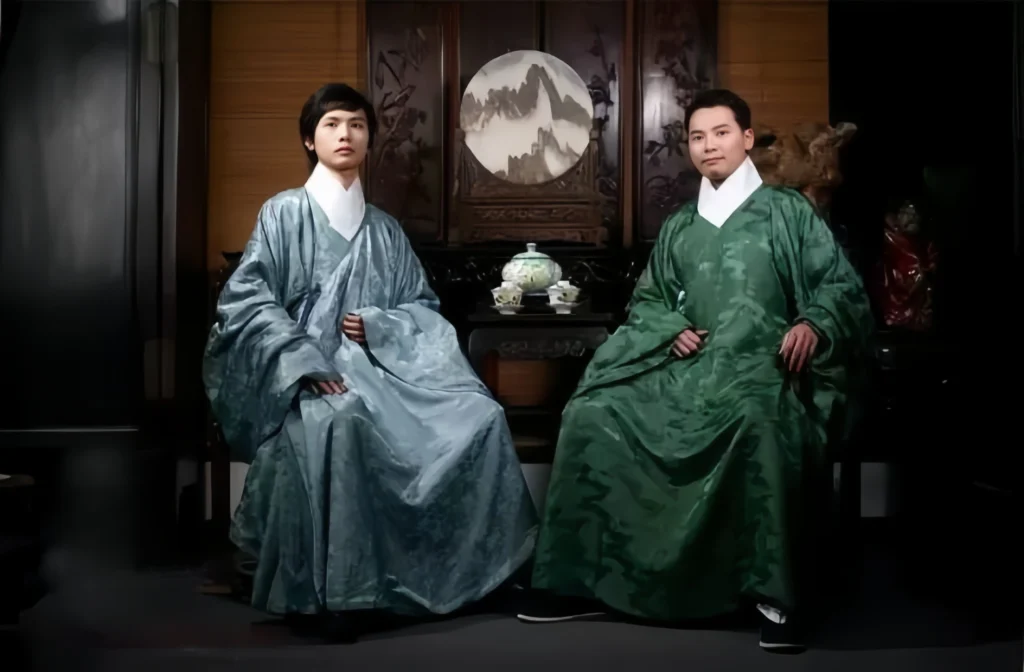
Hanfu vs Drama Costumes
Intro
“Beautiful attire makes Hua, grand rituals make Xia.”
Hanfu is the traditional clothing of the Han ethnic group. It’s not ancient costume, not photo studio props, not drama costumes you see on TV, and definitely not qipao, magua, Zhongshan suits, or cosplay.
Real Hanfu has strict rules. This guide breaks down the difference between Hanfu and drama costumes.
Definitions
Hanfu: Full name – “traditional clothing of the Han people,” also called Han attire, Huafu. It “began with the Yellow Emperor, perfected in Yao and Shun,” started with imperial robes, took shape in the Zhou Dynasty, and became a complete system based on the Four Books and Five Classics during the Han era. It stayed mainstream for Han people until the Qing Dynasty.
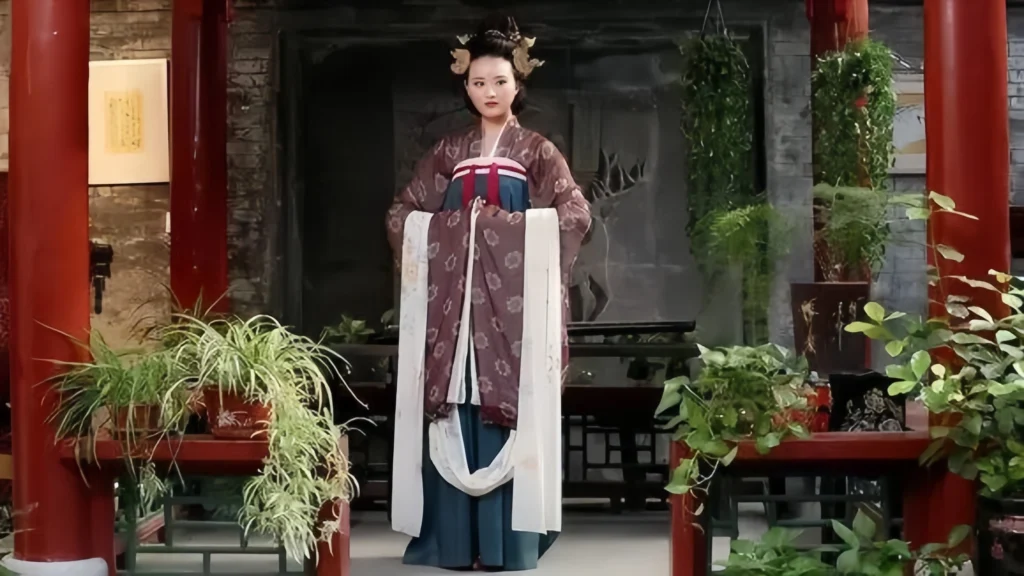

Drama costumes: Props used in TV, film, and stage performances. The cut and shape are different from Hanfu, built for visual impact on screen, so they don’t count as Hanfu.
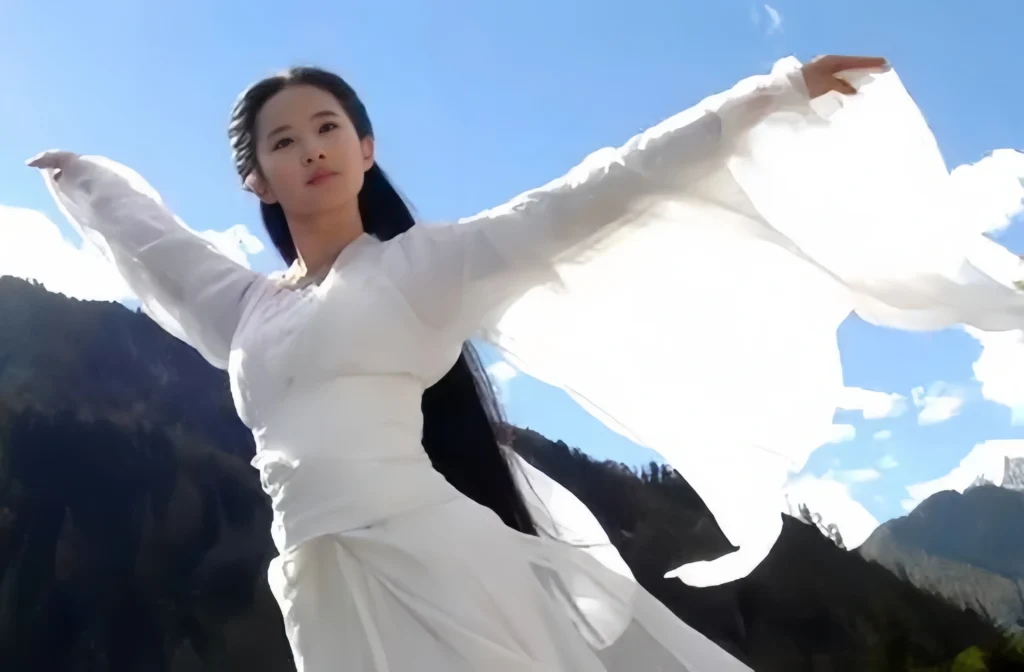
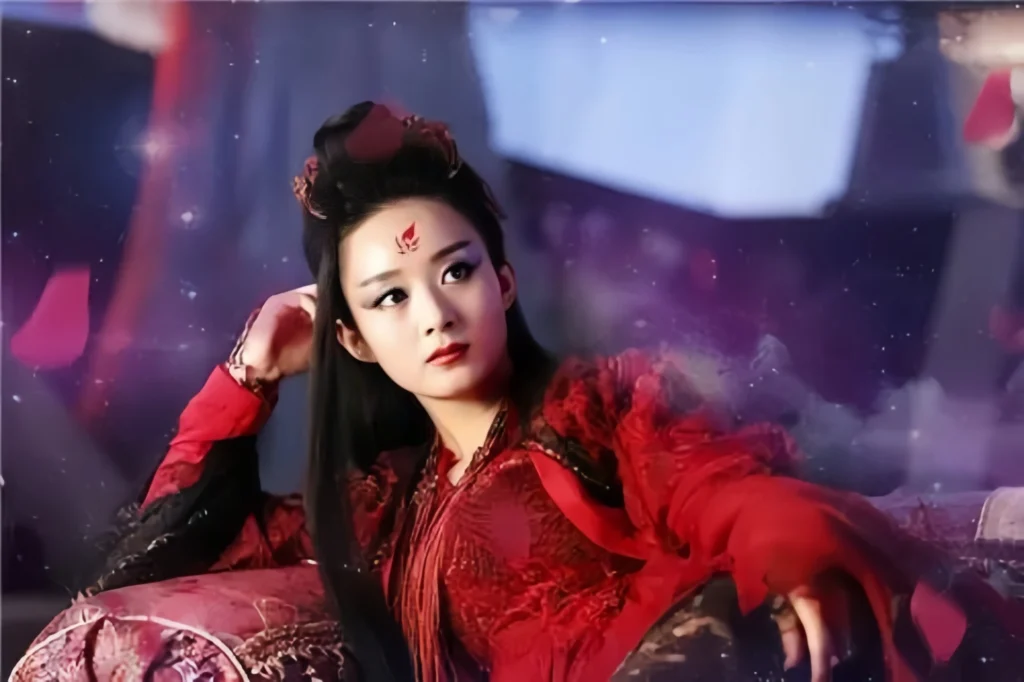
Fabric & Materials
Hanfu
Uses cotton, linen, cotton-linen blends, jacquard satin, brocade, or real silk – quality fabrics with natural texture, comfy for daily wear.
Real silk
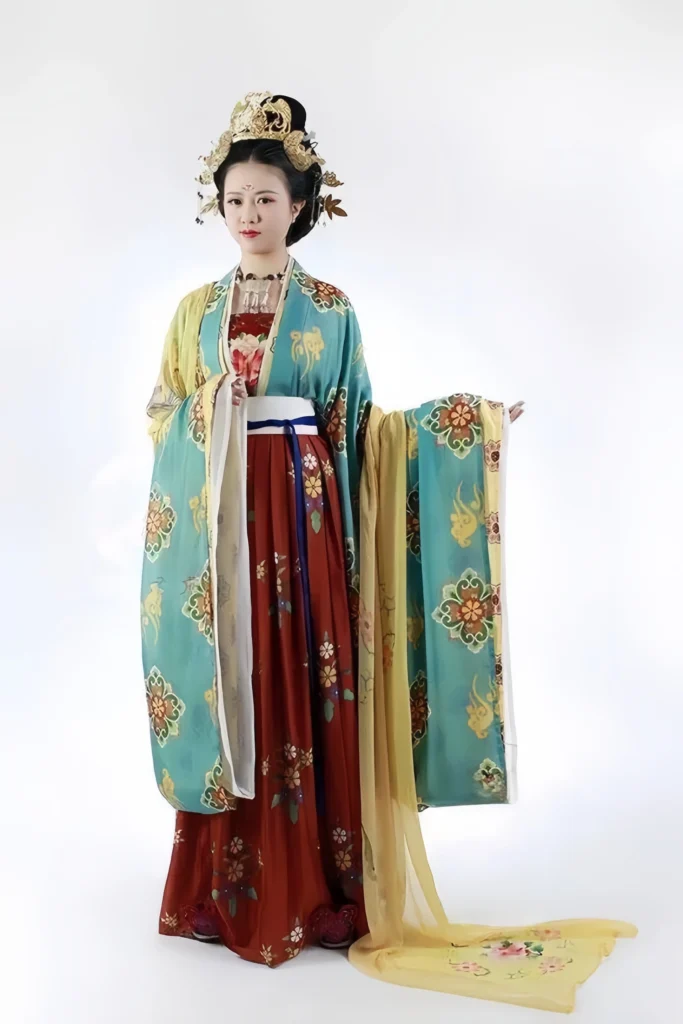
Satin
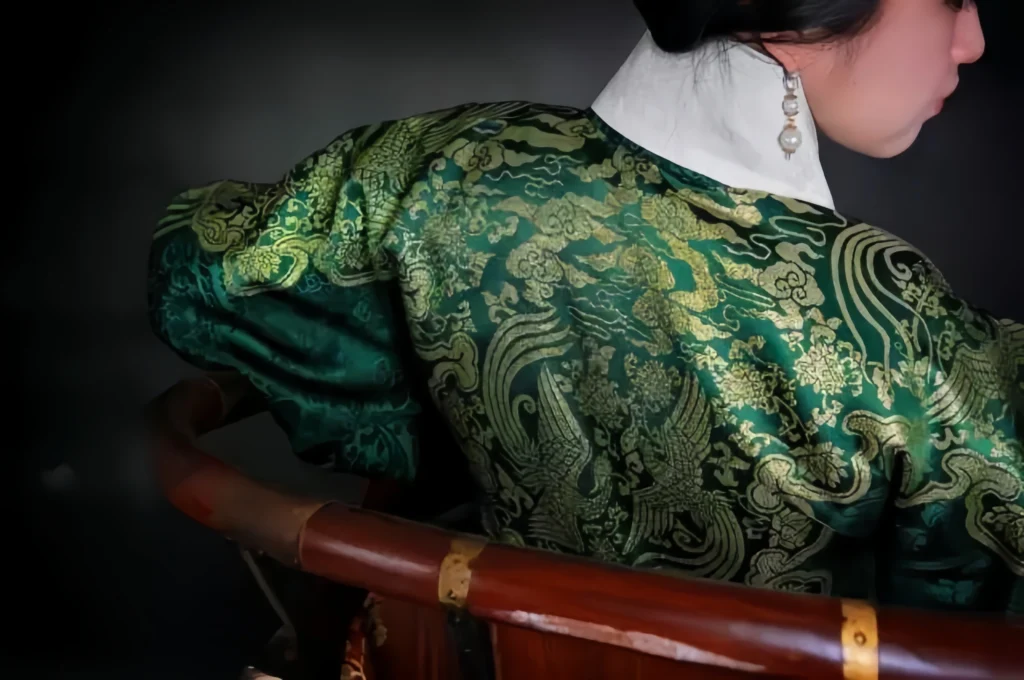
Cotton

Linen
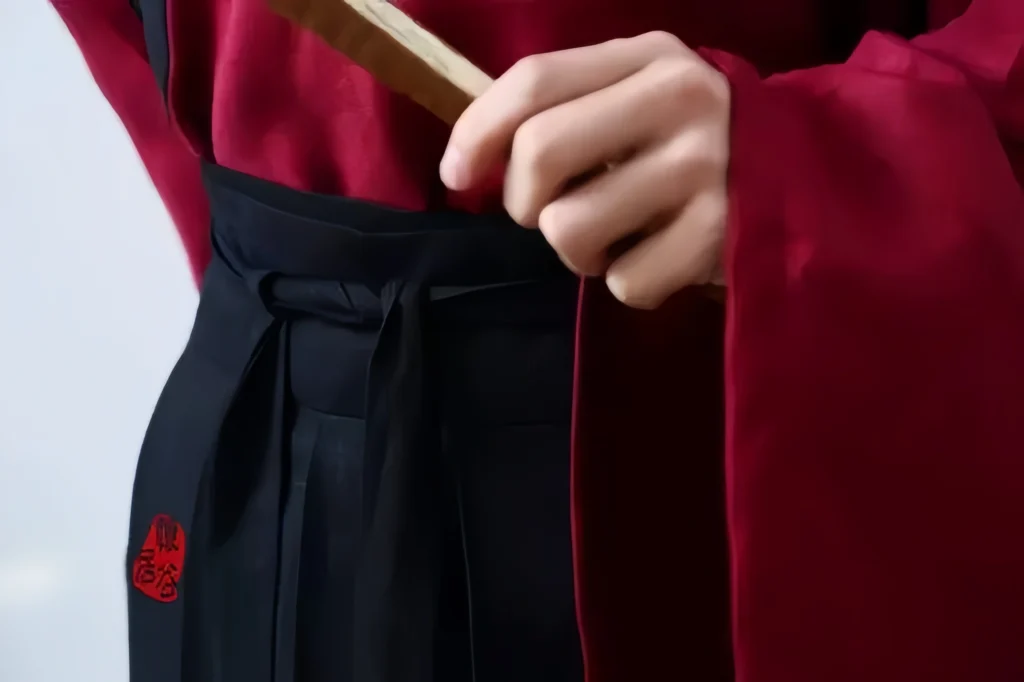
Drama Costumes
To cut costs and create flashy screen effects, they use low-density chiffon, shiny chemical fibers – aka “curtain fabric” or “disco material.” Feels cheap. Some go sheer for that “flowy immortal vibe.”
Drama costume example

Also: drama costumes love bright, loud colors or all-white looks.
Real Hanfu goes for soft, calm tones or deep, dignified shades – and avoids big patches of pure white.

Cut & Fit
Hanfu
Hanfu is the king of flat cutting – everything is built on straight panels. Fold it? Lies perfectly flat. The style is loose and flowing, never skin-tight. That’s why “wide robes, long sashes” is a core Hanfu shape rule.
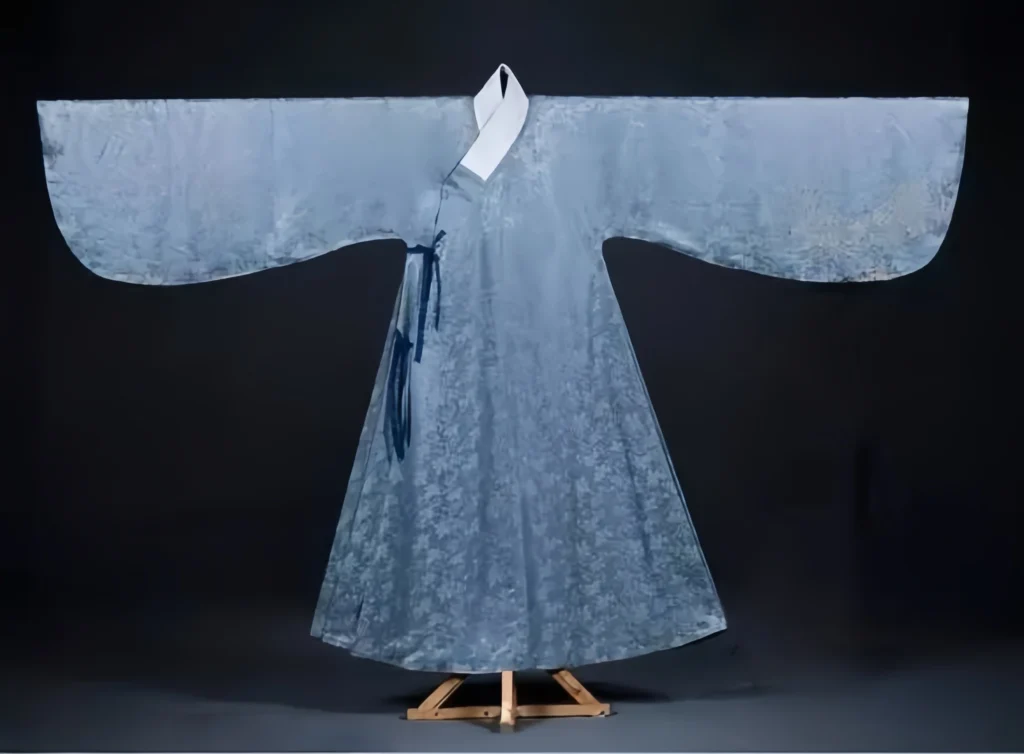
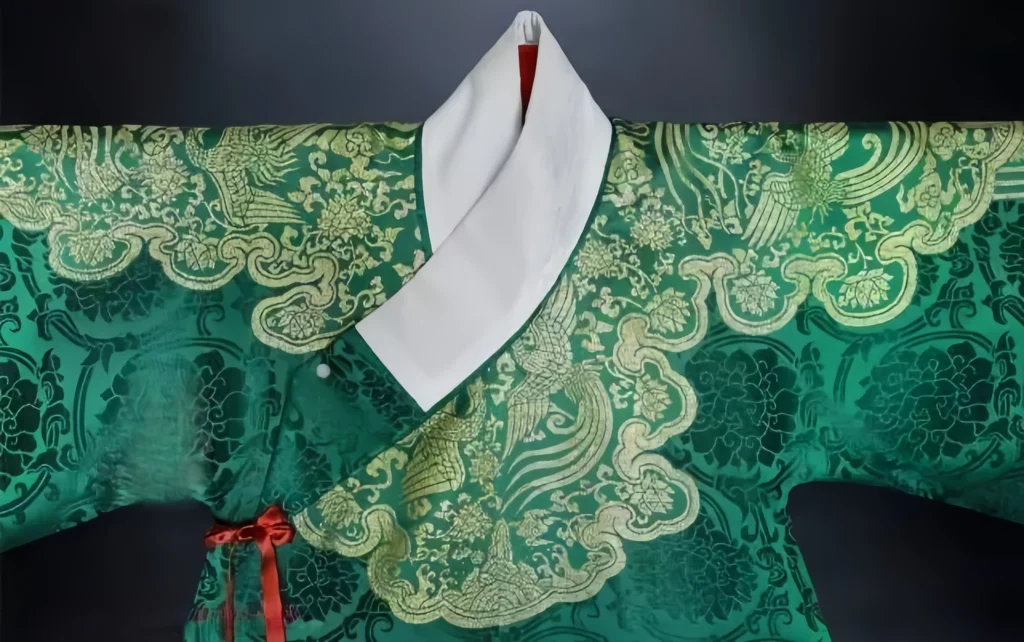
Drama Costumes
Borrow Western 3D tailoring – think European fashion: fitted, body-hugging. On screen? Looks sharp and sculpted.
Drama costume example

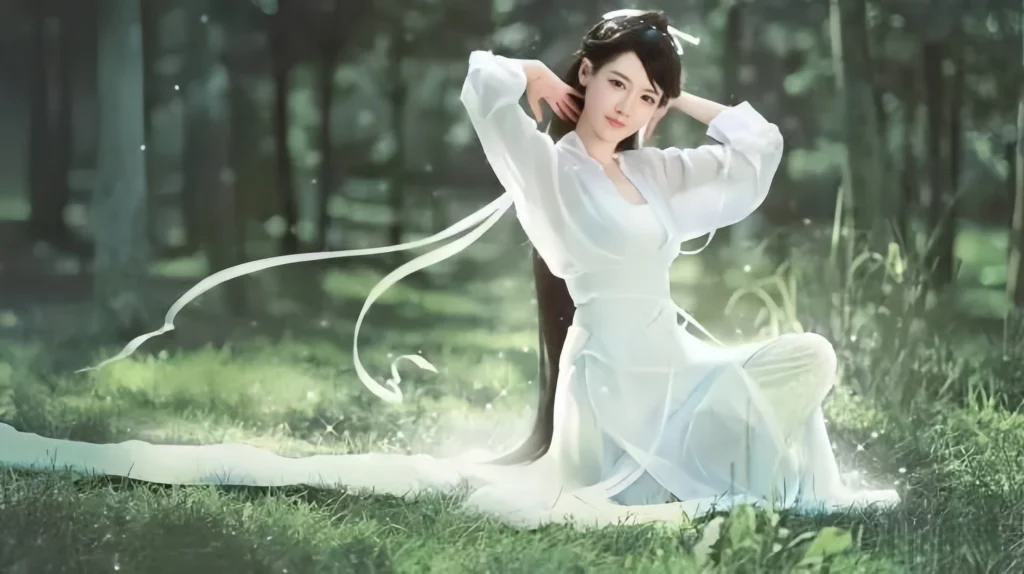
Shape & Details
Hanfu
Follows strict Hanfu shape rules:
- Cross-collar, right-over-left (jiao ling you ren)
- Top + skirt layers
- Ties and hidden loops
Main styles:
- Deep robe (shenyi)
- Short jacket + skirt (ruqun)
- Upper garment + lower skirt
The collar covers the neck – modest and elegant.
Current verified shapes: curved hem robe, straight hem robe, high-waist ruqun, round-collar robe, beizi, Zhuzi deep robe, xuanduan – each with specific wearers.
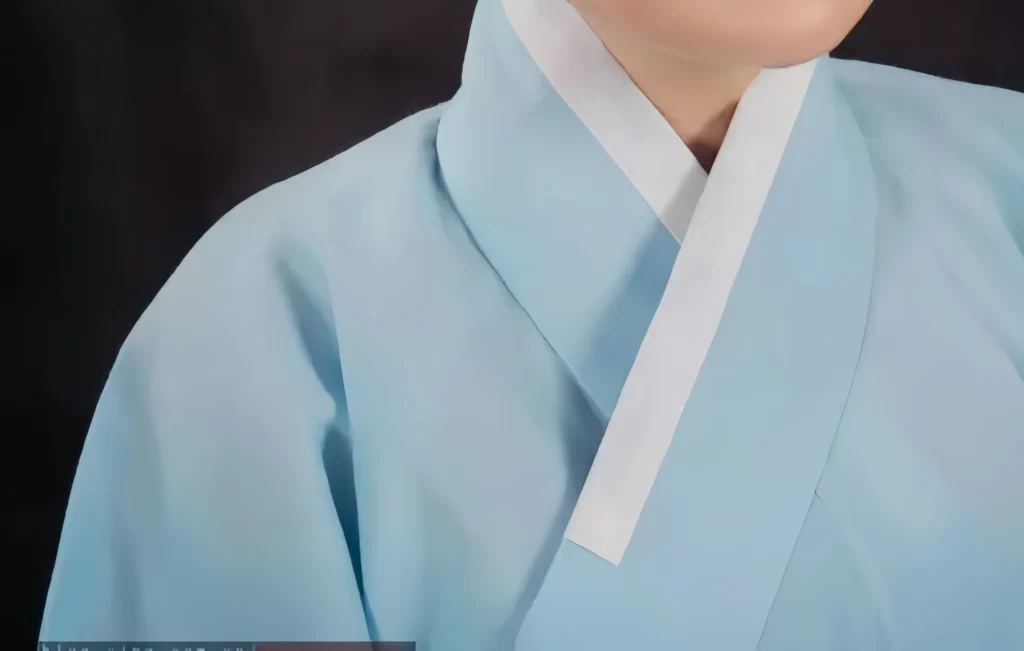
Drama Costumes
No rules – just needs to look good on camera. Lots of modern fantasy, heavy stage vibes.
Some are tight or revealing, loaded with lace, plastic flowers, sparkles.
Drama costume example

Side-by-Side: Hanfu vs Drama Costumes
Drama Costume (Common Drama Costume Mistakes)
- Collar flips back – like a kimono. Neck and collarbone exposed.
- Sleeves too narrow – forms “V-shape” when arms down. Not “wide sleeves.”
- Hem above knee – creates “inverted V” bottom.
- Inner skirt drags on floor – makes a “mermaid tail.”
- Uses wide belt with Velcro. Real Hanfu uses hidden ties, no belt.
- Fake “curved hem” versions in neon colors with Japanese-style patterns. (See pic 3)
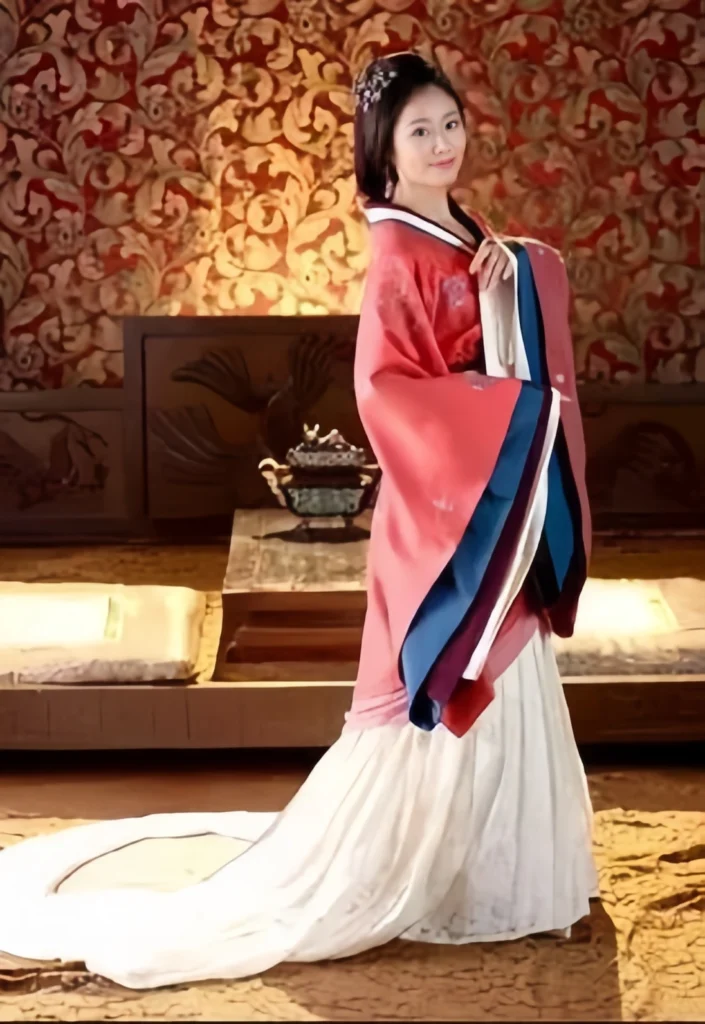
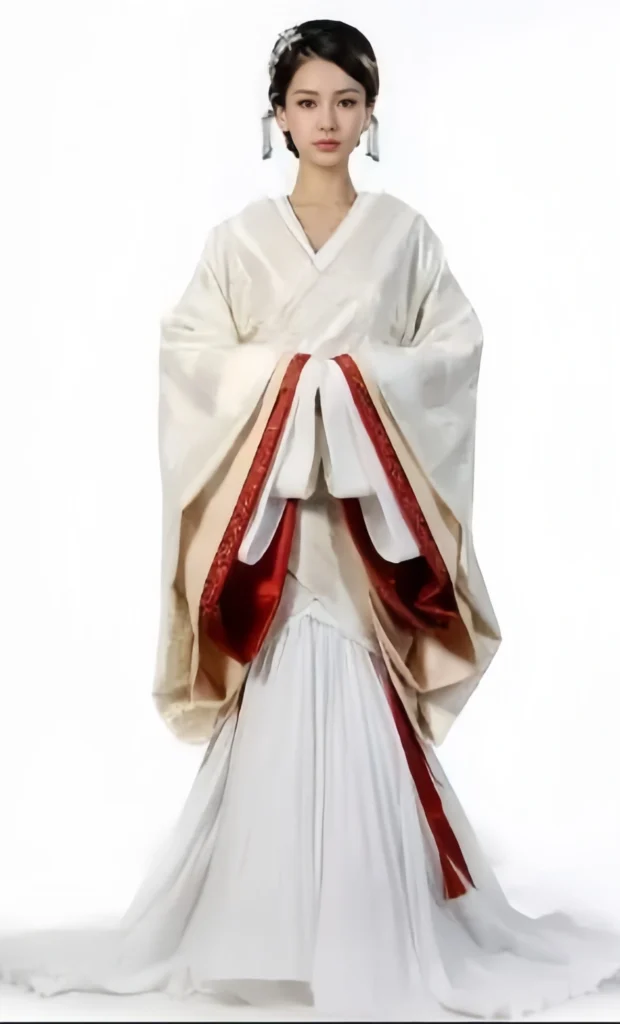

Real Hanfu – Curved Hem Robe
(Pic 2: Modern double-wrap curved hem)
- Cross-collar wraps neck snugly, shows inner collar.
- Wide sleeve root – arms crossed = perfect flat line. True “wide robes, long sashes.”
- No belt – uses skirt band with ties.
- Hem past knee, forms clean flat bottom.
- Inner skirt doesn’t drag.
- Traditional Chinese colors – calm, noble. Patterns from Chinese classics.
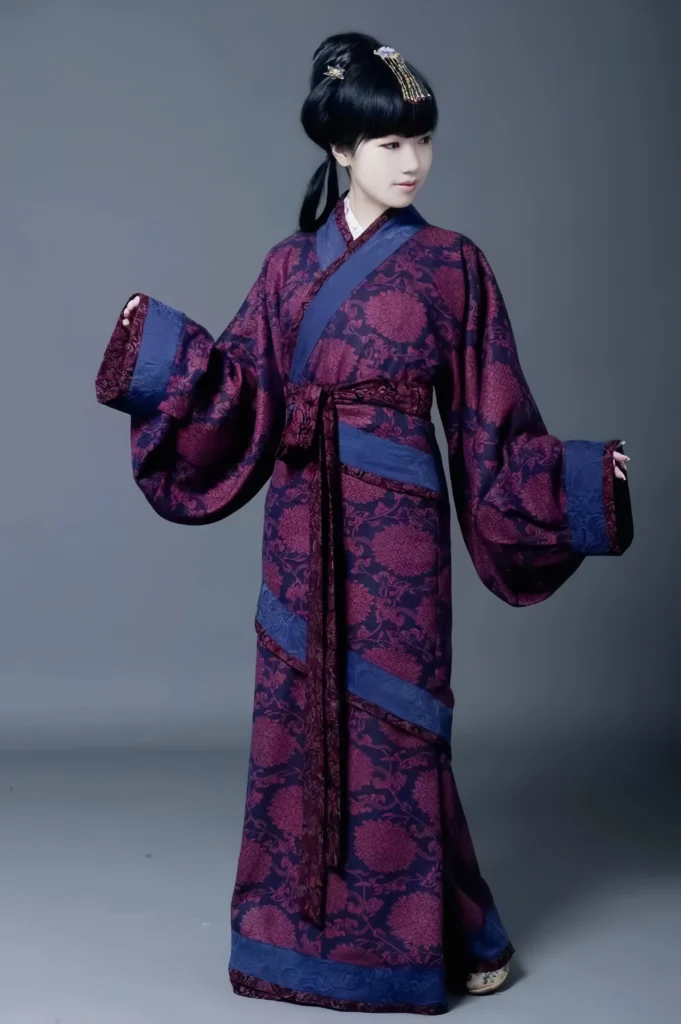
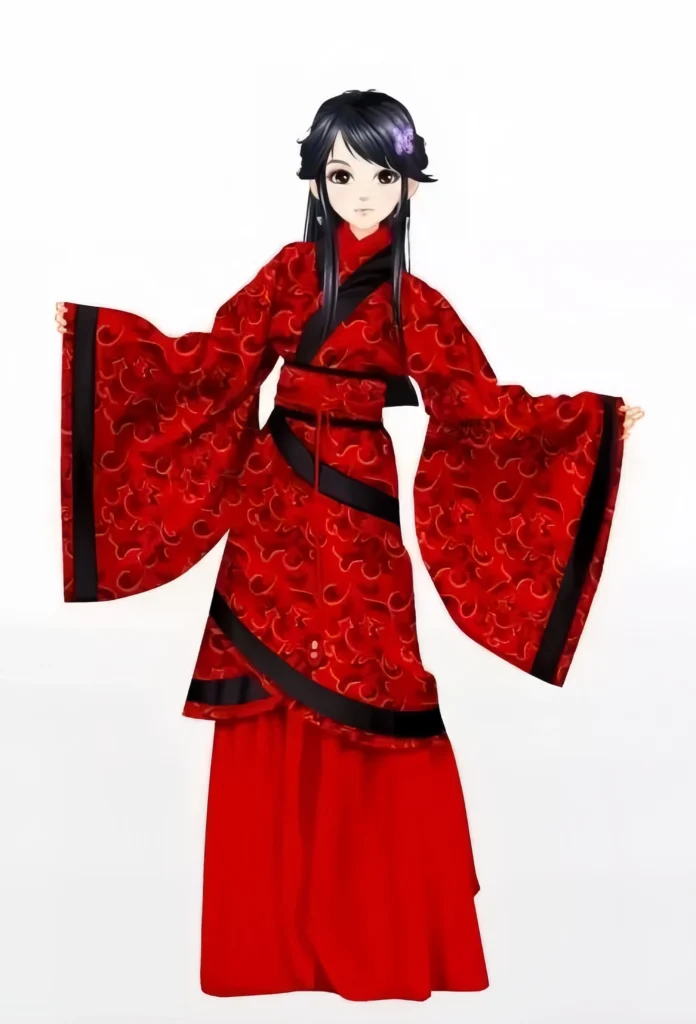
More Examples
Hanfu
Hanfu ruqun (jacket + skirt): Collar stays put, no exposure. No belt. Traditional patterns, soft colors.
High-waist ruqun: Skirt ties above chest with functional straps.

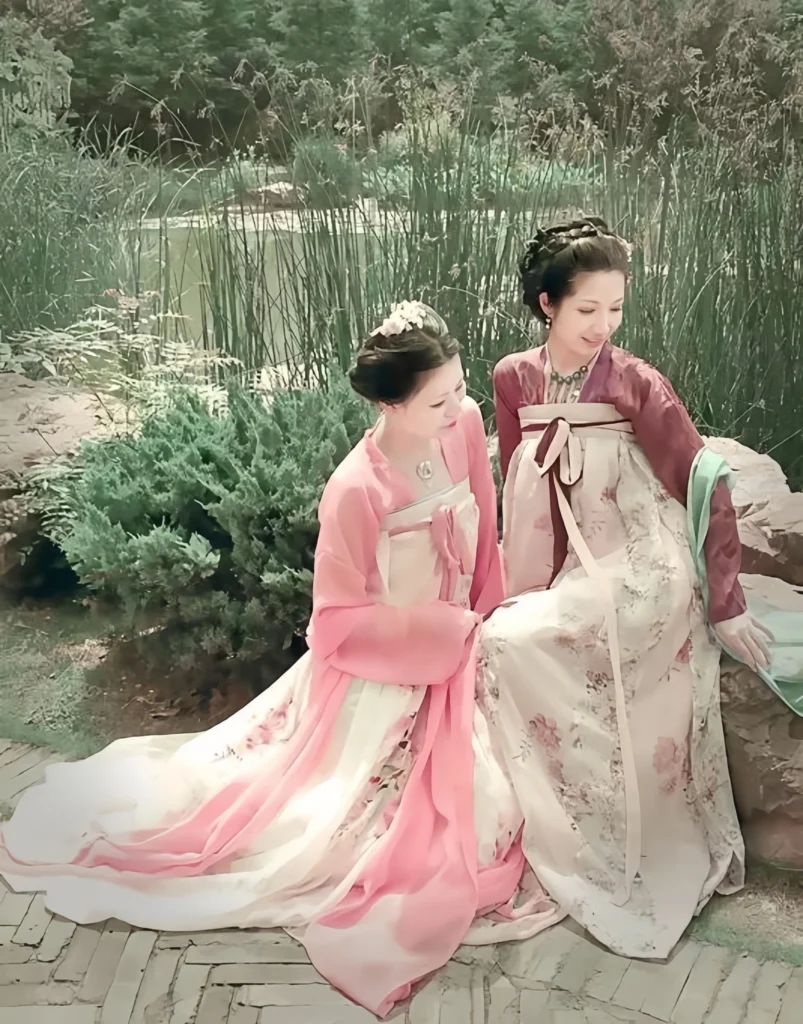
Drama costume
Drama versions: Straps are decorative only. Even if it looks similar, without flat layout and proper structure, it’s not Hanfu — it’s Chinese style fashion.
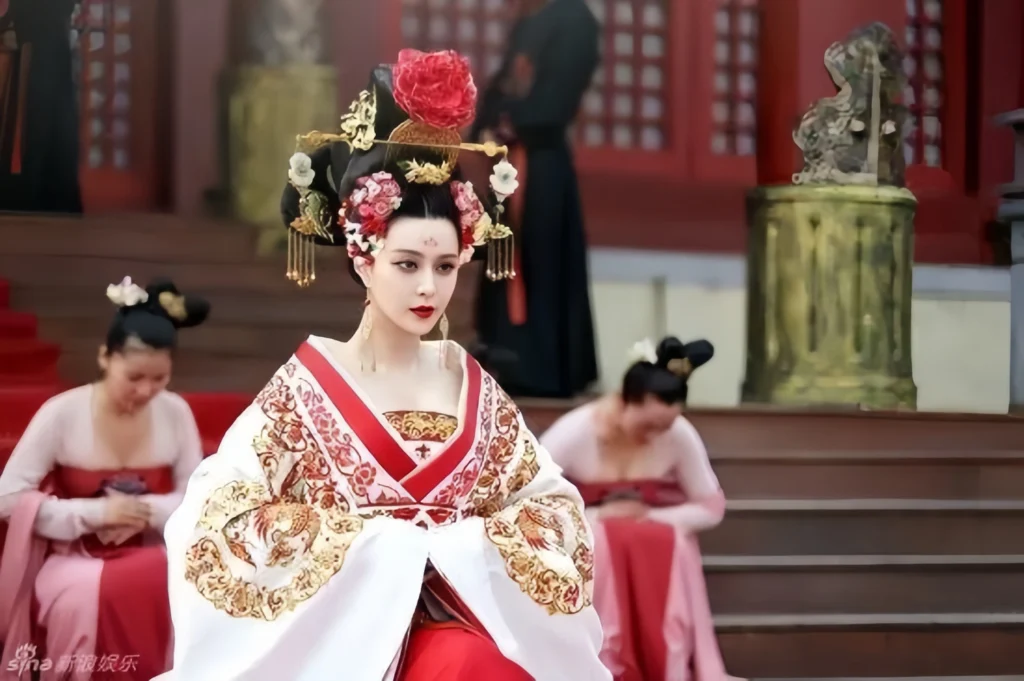
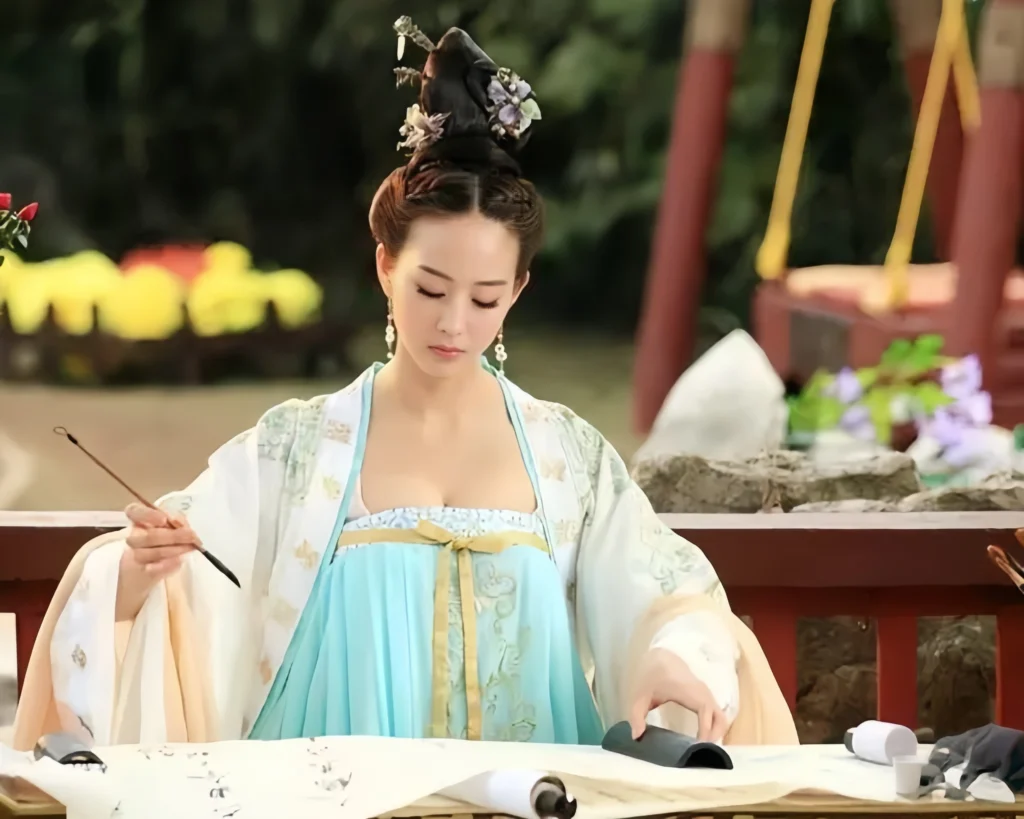
Final Word
TV costumes serve story and drama – not historical accuracy. Even “serious” historical dramas rarely get it right.
Photo studio outfits? Wild. Game costumes? Pure fantasy.
They might borrow Hanfu elements, but shape is off – call them Chinese style fashion, not Hanfu.
Hanfu has survived thousands of years. It’s not loud or flashy. It’s quietly stunning – bold at first glance, refined up close.
For beginners: learn fabric, cut, and Hanfu shape rules. Once you know, you’ll spot real Hanfu instantly — and see through drama costume mistakes every time.
Ready to wear real Hanfu?
Check out our Hanfu styling guide for authentic tips!


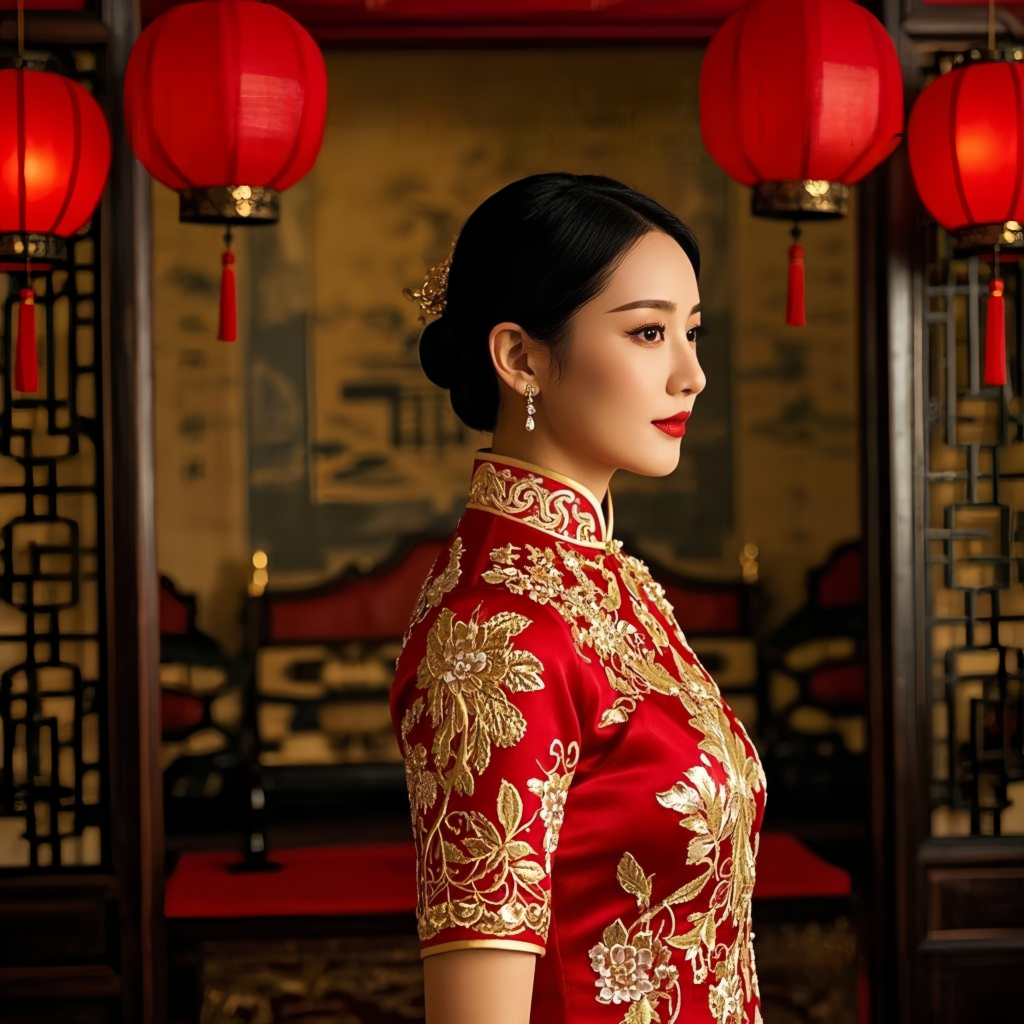
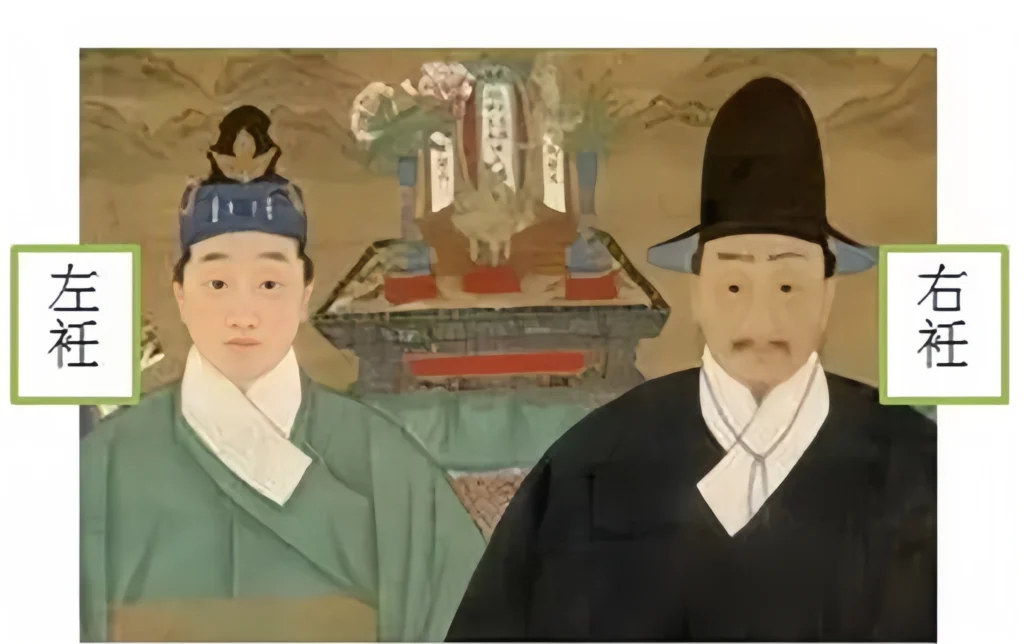
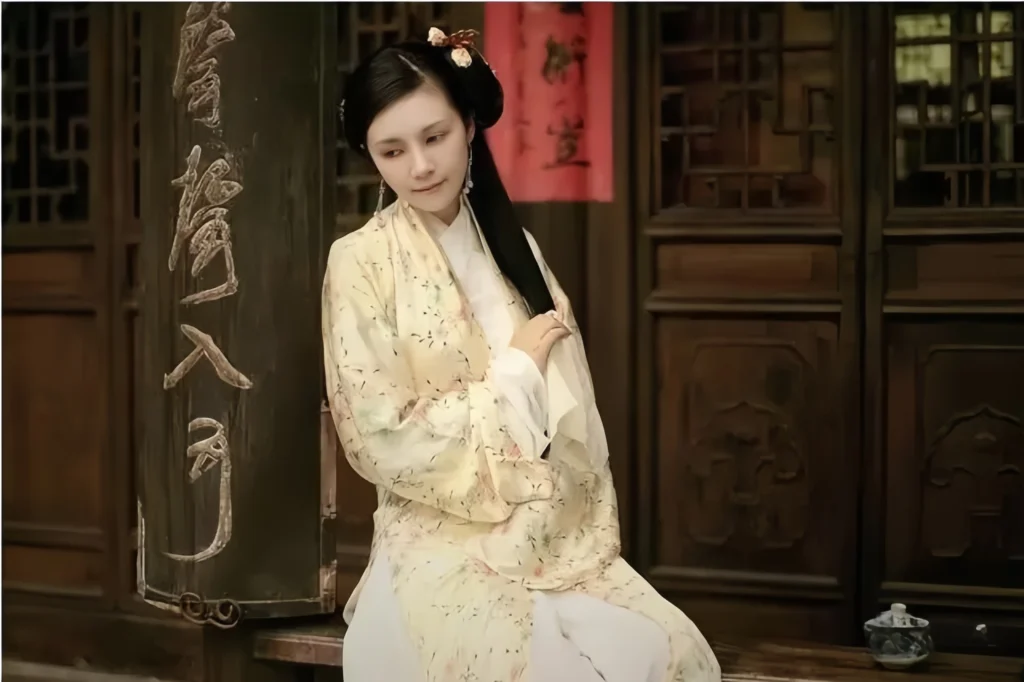
Responses